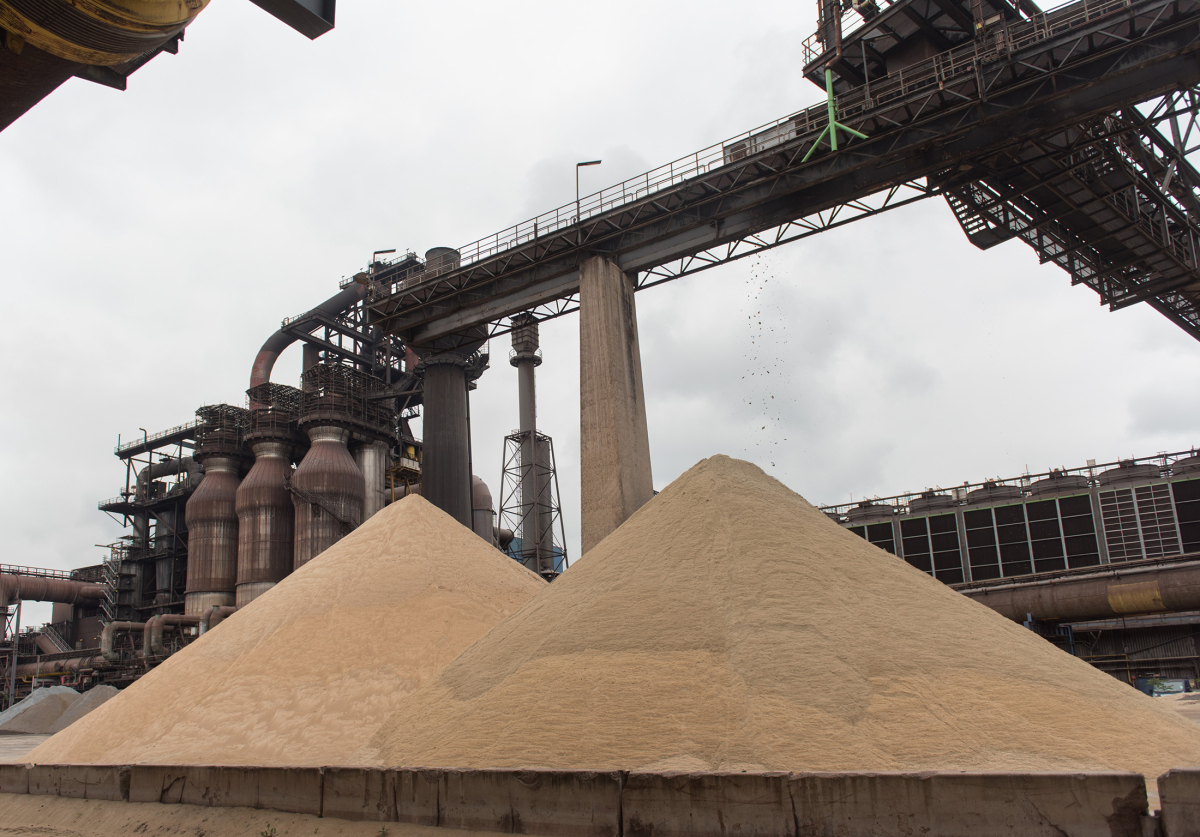Cement of the future
Ferrous slags, by-products of steel production, have been used as secondary raw materials in building materials for decades. This avoids CO2 emissions on a large scale and conserves natural resources. However, the gradual transformation of the steel industry has also resulted in radical changes to the by-products. New slags have to be developed which not only perform the necessary metallurgical work but also have the usual positive technological, economic and ecological properties. This is where the “Save CO2” research project launched in May 2021 by FEhS – Institute for Building Materials Research together with the joint partners from the steel and cement industry thyssenkrupp Steel Europe AG and HeidelbergCement AG as well as the research institutes Institute for Technologies of Metals at the University of Duisburg-Essen and Fraunhofer Umsicht comes in. The aim is to develop latent hydraulic binders, comparable to today’s granulated blast furnace slag, or alternative pozzolans on the basis of the new slags, particularly for cement production. The project, which is being carried out under the “KlimPro-Industrie” funding program of the German Federal Ministry of Education and Research, is scheduled to run for four years.
Thomas Reiche, Managing Director of the FEhS Institute: “The coming conversion of German steel production to a direct reduction/electro smelting route will also lead to chemically and mineralogically completely changed by-products, the properties of which are largely unknown to date. Under the leadership of the FEhS Institute, “Save CO2” aims to produce high-quality slags by melting directly reduced iron (DRI). The most important thing here is to take an overarching view of the entire CO2 footprint of future steel and cement production and not to draw the system boundary too narrowly.”




